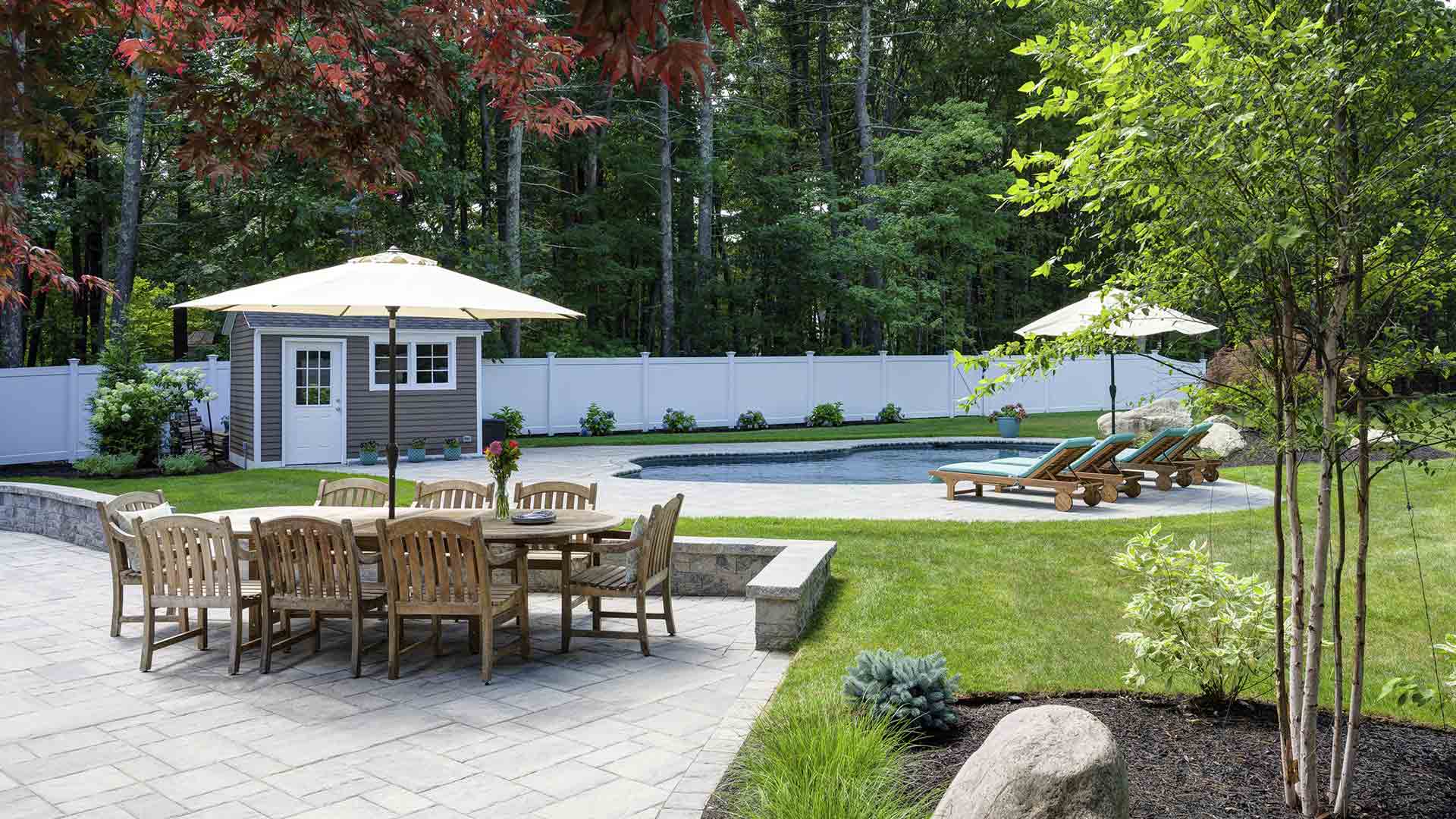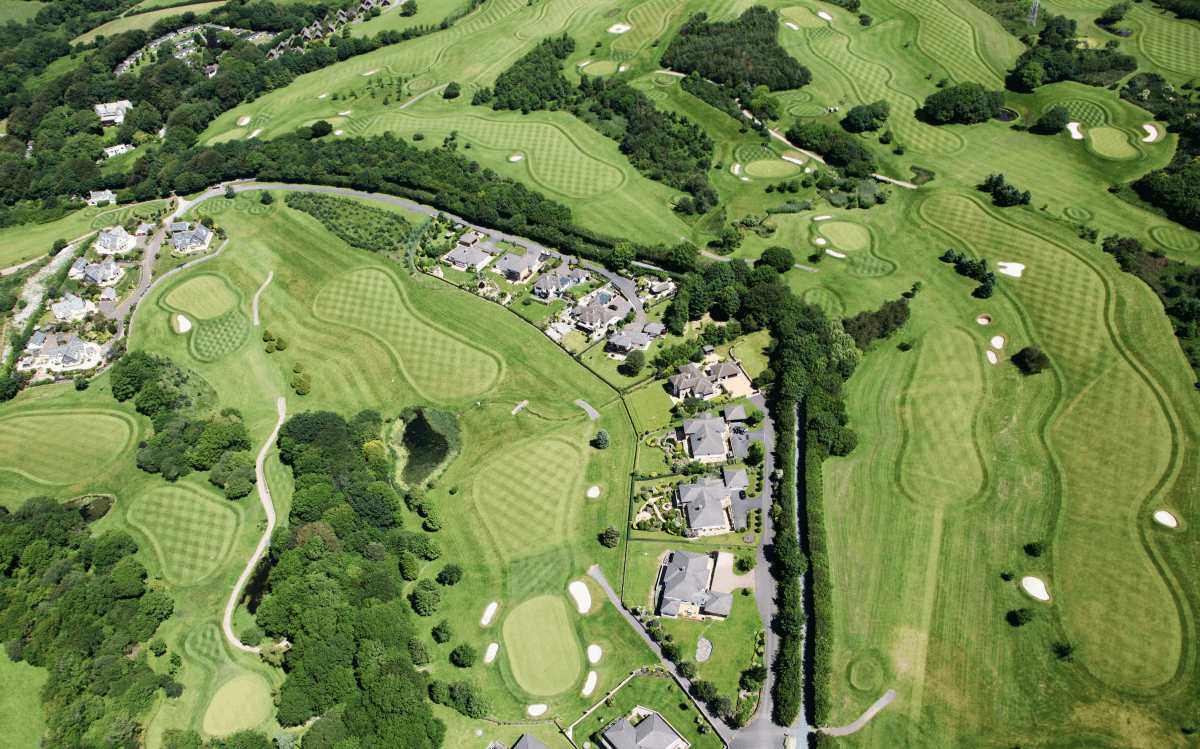The Best Strategy To Use For Landscapers
The Best Strategy To Use For Landscapers
Blog Article
Not known Details About Landscapers
Table of ContentsNot known Factual Statements About Landscapers 9 Easy Facts About Landscapers DescribedLandscapers for BeginnersThe 8-Second Trick For LandscapersThe smart Trick of Landscapers That Nobody is Talking About
- A tree or bush (shrub) that loses its leaves in winter season. In the PNW there are semi-deciduous or semi-evergreen plants that might lose their fallen leaves depending on how cold the winter is. Abelia and some hebe are fine examples. Landscapers. - A level celebration room, constructed from timber or composite product (made to look like wood), generally nearby or connected to a structure.

This is a natural process, and the outcome can be used for paths and outdoor patios. - Trick landscape attributes being proposed in a landscape design plan.
Some Known Facts About Landscapers.
These goals direct the layout process, not the designer's design or preferences. Usual layout purposes in Portland are low maintenance, dry spell forgiving, and pet friendly. - Process for removing or thinning the dead reduced degree of a mature lawn. Thatch is grass that has passed away and accumulated below the eco-friendly blades.
Over time this layer can get really thick and make it challenging for water, sun, and nutrients to get to sections of the turf.- The procedure of gathering and controlling the circulation of water on a building. This can be finished with grading, French drains, completely dry wells, permeable surface areas, sump pump, rain yards, and more.
Properties at the end of hills, with all-natural springs, or packed with heavy clay have one of the most drainage problems.- A slow-moving feeding irrigation system that makes use of versatile tubes and emitters to send a specific amount of water to every plant. This is the most efficient technique of watering plants. - The ability of a plant to survive without much summertime water.
- A garden feature where water is stood for by an aggregate stone product, typically a gravel or granite. These are most generally located in modern and Japanese yard layout.- A rock or flagstone patio, course, or pathway built without a concrete base. The base would be compressed gravel and the joints would certainly be an aggregate or walkable ground cover.
The Ultimate Guide To Landscapers
- A stone maintaining or free standing wall surface built without using mortar. A highly knowledgeable mason is needed for a completely dry stack rock wall. The majority of wall surfaces in Portland are moist piled, even if they seem. - A below ground structure that accumulate water and allows it to reduce percolate into the dirt around it.
Landscape style that is suitable with a websites' environment in both look and sustainability without negative effects to the setting. Bordering in the landscape is a line of demarcation that produces aesthetic interest in the yard by dividing one section from an additional segment.
Areas can additionally have a sensation of "room" offered by trees, other growings, fencings, or displays. The landscape near the access to a building. A tree, shrub or vine, educated to expand on a see this page wall surface or fencing into a certain pattern. Specifically useful for fruit trees, making it easy to harvest the fruit and having mess.
A plant that is not native to the location where it will be grown. Not all "exotics" are intrusive or harmful, and numerous can be well acted or dry spell forgiving (Landscapers). A mass growing of brushes. Thicker bladed lawn yard that spread out using rhizomes.: The degree of dirt on your home before bark dust or compost is spread.
The Greatest Guide To Landscapers

The purpose, reason, or activity that an area is be landscaped for. Stairways operate, as an example, to permit foot traffic backwards and forwards a slope. Room for growing plants for watching, eating, or physical task. A roofed structure used over an exterior gathering area. The growing of a seed, perhaps referring to a grass that is being grown from seed.
Rock item, either rounded or fractured, that is relatively small- generally 1" or much less. Reduced plants that are permitted or motivated to spread over an area. Can refer to any kind of "tough" garden aspects consisting of statuary or boulders however most frequently is made use of to refer to paths, outdoor patios, and walls.: Elevation distinction in between the degree of water in a pond (or the degree of the pump if it rests outside the fish pond) and the top electrical outlet of water which impacts performance of the water pump in gph (gallons per hour). Dense bushes or trees that develop a fence, screen, or limit.

Rumored Buzz on Landscapers
An even more kicked back garden controlled by rounded as opposed to straight bed lines and a less inflexible structure. Typical PNW landscapes are informal. A plant that spreads out more than preferred, or into environments where it does damages. Rose city has a checklist of intrusive plants that must not be installed in landscapes since they can spread to forests or rivers and be challenging to regulate.
Can include head placements and protection, pipeline sizing, GPM specifications, and materials needed moved here to install this system. Certified expert that creates landscapes, educated in design and style as well as in cultivation.
The professional who plans and establishes landscape jobs, normally at a household or tiny business degree with the major design motivation on plantings. Landscape designers usually have less schooling than Landscape Architects and are not licensed. A completed landscape design, detailing all elements for the brand-new landscape. This generally takes the kind of an illustration theoretically.
A water tight HDPE material used underneath fish ponds, streams and waterfalls in water attributes. Using many plantings of the exact same internet variety to fill up in a location in the landscape.
Report this page